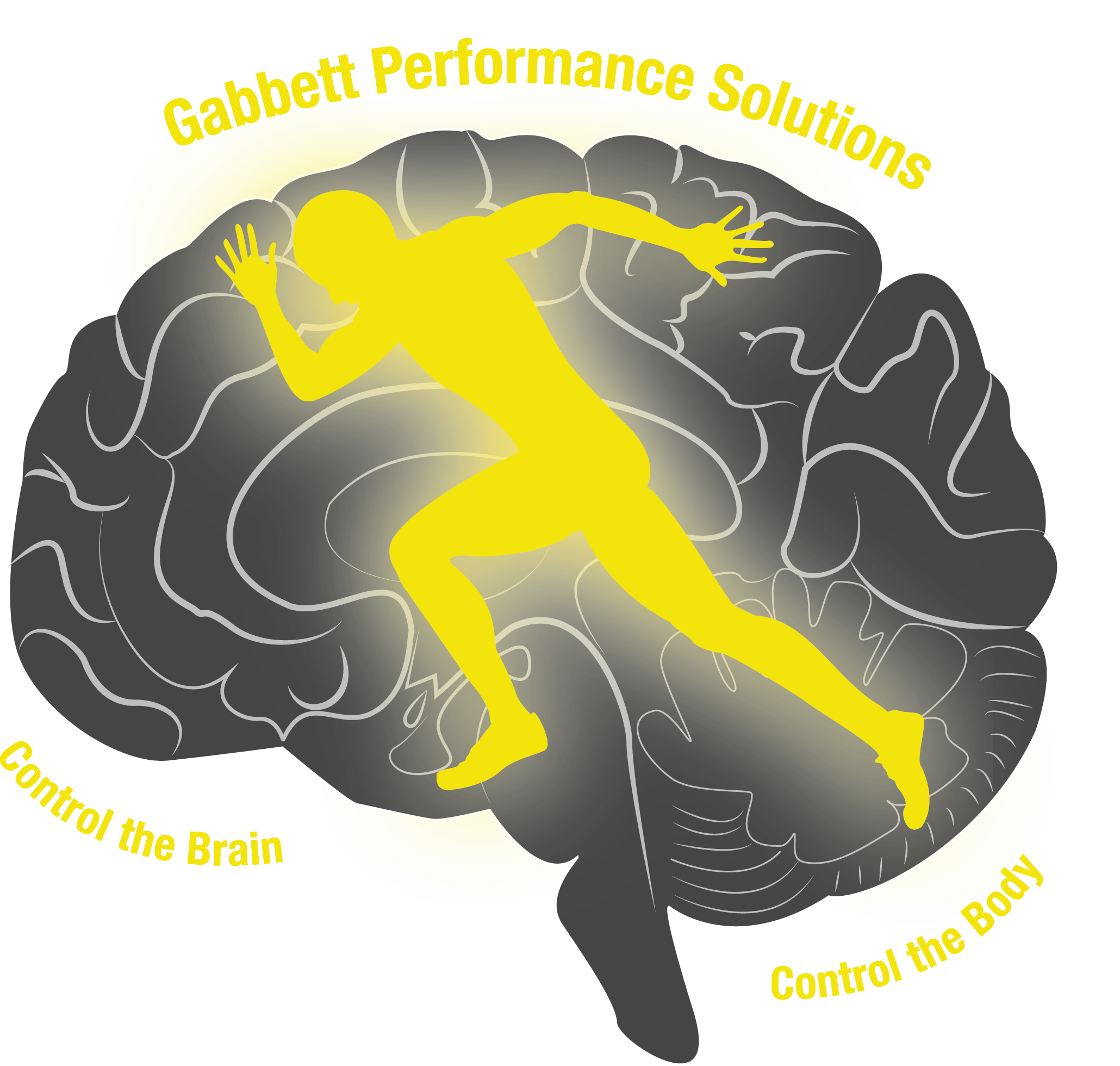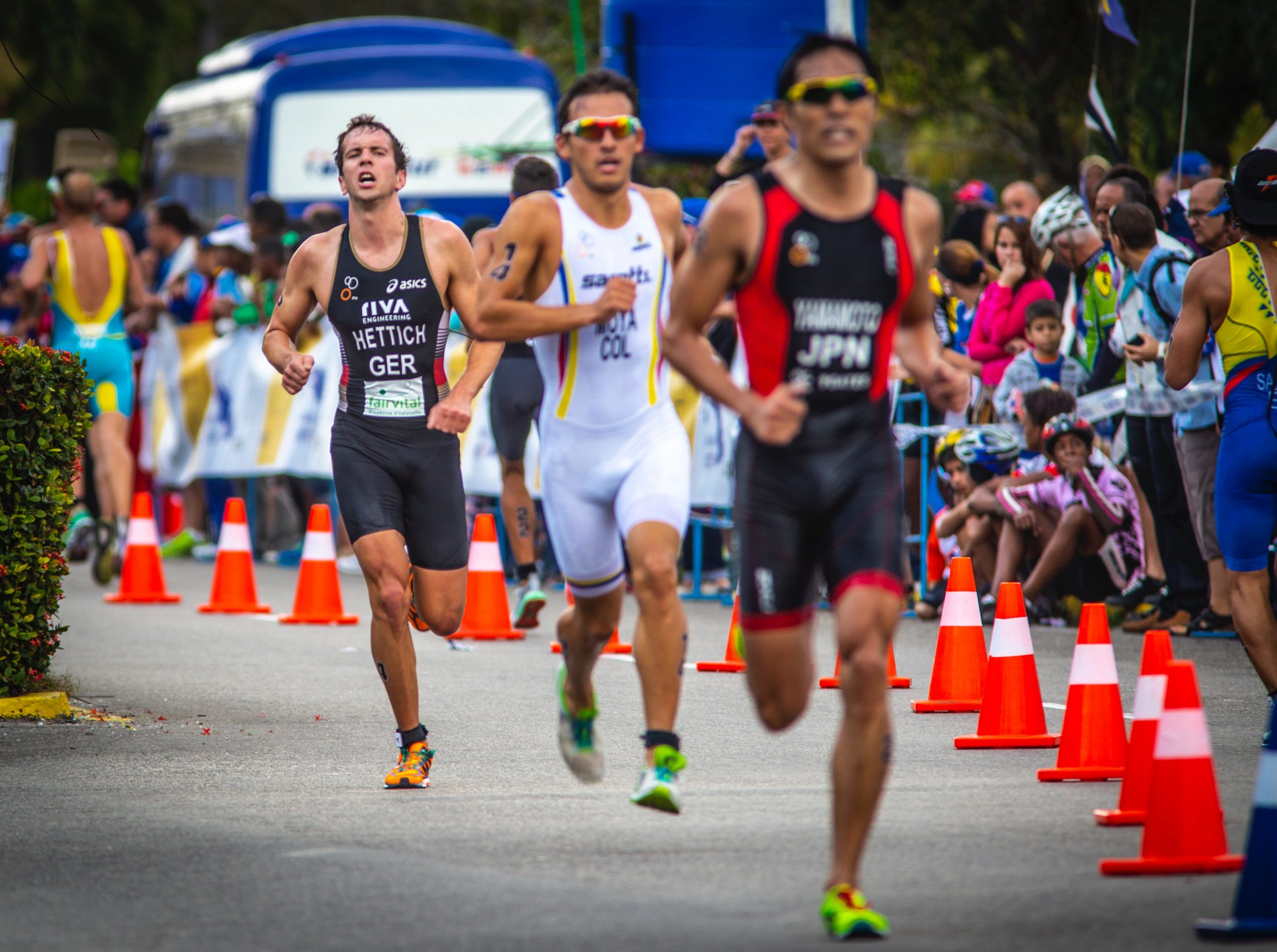Without doubt, specific training, tailored to the most extreme demands of competition helps athletes perform these demands when it matters most – on game-day! But doing more high-intensity work more often does not necessarily lead to better performances. Here’s how slowing down might just help you speed up!
How Do the Best Endurance Athletes Train?
It is well documented that the best endurance athletes spend most of their training time at low intensities, accumulating lots of volume. A recent review of a range of endurance sports showed that 9 out of 10 endurance athletes spend greater than 60% of their training time at low-intensities (1). Importantly, the best endurance athletes polarize their training programs (2). Polarization draws on the variation principle of training. Put simply, it involves interspersing high stress (i.e. high-intensity) training days with low stress (i.e. low-intensity) recovery days. Training provides the stimulus, whereas recovery is where adaptation occurs. Therefore, a polarized training approach allows athletes to optimize the training-dose response relationship. By being disciplined (and controlled) on low days, it also allows high days to be higher!
Does Polarization Work for Anaerobic and Team Sport Athletes?
Let’s take the example of track sprinters. Here, we can learn a lot from former Olympic sprinting coach, Charlie Francis. Francis advocated for a “high-low” approach to training, with most elite sprinting coaches viewing polarization as their model of choice (3). Tactical periodization, whereby coaches of team sport athletes vary training intensities throughout a microcycle to avoid monotony, is an example of training polarization. This approach is commonly used by the best sporting teams (e.g. American football, Premier League). Through appropriate planning and prescription, athletes receive an adequate training stimulus during the week to ensure they are prepared for game-day, while also optimizing recovery to arrive at game-day in a non-fatigued state.
But I Want My Players Training Hard and With Intent!
Coaches often express reservations when first learning about the concept of training polarization. Typically, these concerns are driven from a perception that “players need to train hard in order to get better”, “doing one more repetition is better than doing one less”, and most commonly that “having easy days will leave players underprepared for competition”. I’ll emphasize again – polarized training allows athletes to train smarter and harder! Below are 2 examples of how training load might be distributed throughout a week, using (i) a common (non-polarized) approach and (ii) a polarized model. The most obvious part to these graphs is the greater range of training loads in the polarized model – training days can be easily visualized as low-stress and high-stress sessions. A less obvious aspect to these graphs is that the total weekly training load in both models is exactly the same! So, concerns that reducing training loads between high-stress days may leave players underprepared for competition might be unfounded – total weekly training load is maintained, athletes arrive to high-stress days recovered and better prepared to train even harder!

How Much Recovery is Needed Between High and Low Days?
The recovery required between training sessions differs between individuals and is also heavily reliant on the intensity of the preceding session(s). In general, extensive, low-intensity training requires less recovery, while due to the increased metabolic and central nervous system stress, high-intensity training requires more recovery. For example, it’s not uncommon for endurance athletes to perform extensive aerobic activity <24 hours before or after high-intensity sessions. However, high-stress sessions are typically separated by 2-3 days – other low-stress training can be performed between these sessions, but to optimize training adaptations, adequate recovery is required before performing another similarly demanding high-intensity training session. An example of a polarized training program for an endurance runner performing 100 km (~62 miles) per week is provided below. Note that while there are some high-stress training days within the program, the vast majority (~93%) of the running performed is at low intensities.

Is a Polarized Approach to Training Suitable for the General Population?
High-intensity interval training (HIIT) has become the rage for many gym participants. It’s not uncommon for the average fitness enthusiast to perform multiple HIIT sessions per week, often doing 2-3 per day!! While I would generally advocate that doing something is better than nothing, here is a question – if the most elite athletes spend very little training time at high-intensities, why would an average athlete think they can tolerate more? There’s definitely a place for HIIT – I love it! But what I would recommend for all athletes (including the general population), is to make the most of your good work by ensuring you program low-intensity recovery days in between high-intensity sessions!
Final Points
Whether an elite athlete or a gym enthusiast training to improve general fitness, polarization offers a method of training smarter and harder! Low-intensity recovery days promote adaptation while also allowing you to reach higher intensities on your high-stress days.
References
1. Sperlich B, Matzka M, Holmberg HC. (2023). The proportional distribution of training at different intensities during different phases of the season by elite athletes participating in a variety of endurance sports. SportRxiv., 1-36.
2. Seiler S, Tonnessen E. (2009). Intervals, thresholds, and long slow distance: the role of intensity and duration in endurance training. Sportscience 13:32-53.
3. Haugen T, Seiler S, Sandbakk O, Tonnessen E. (2019). The training and development of elite sprint performance: an integration of scientific and best practice literature. Sports Medicine Open 5: 44. doi: 10.1186/s40798-019-0221-0
Check out all the latest locations for Tim’s Train Smarter and Harder Load Management workshop!





